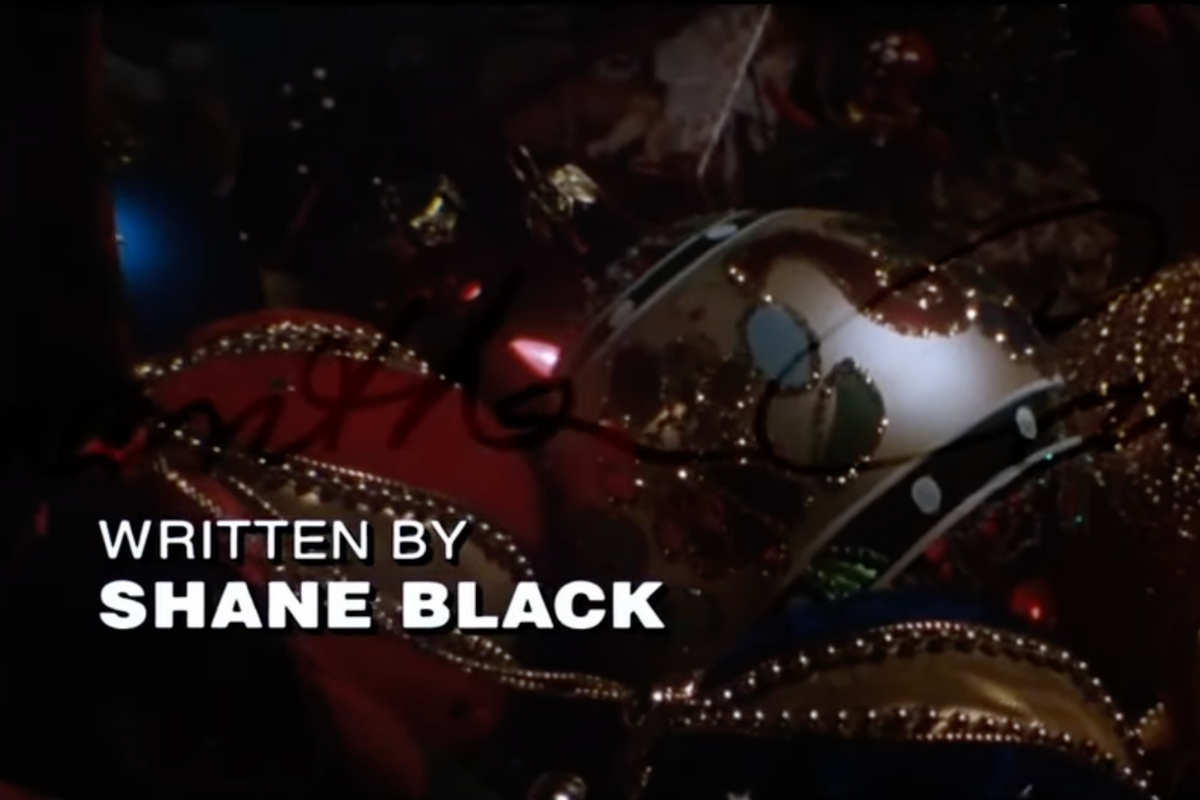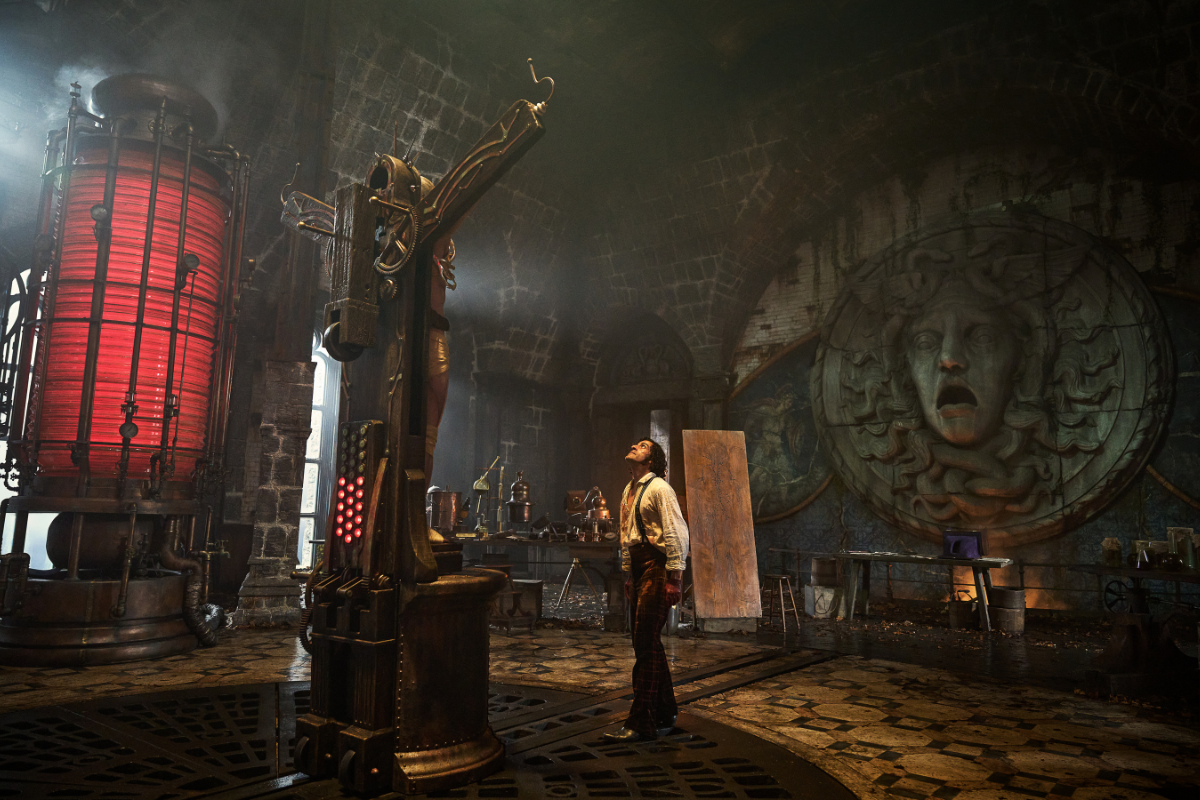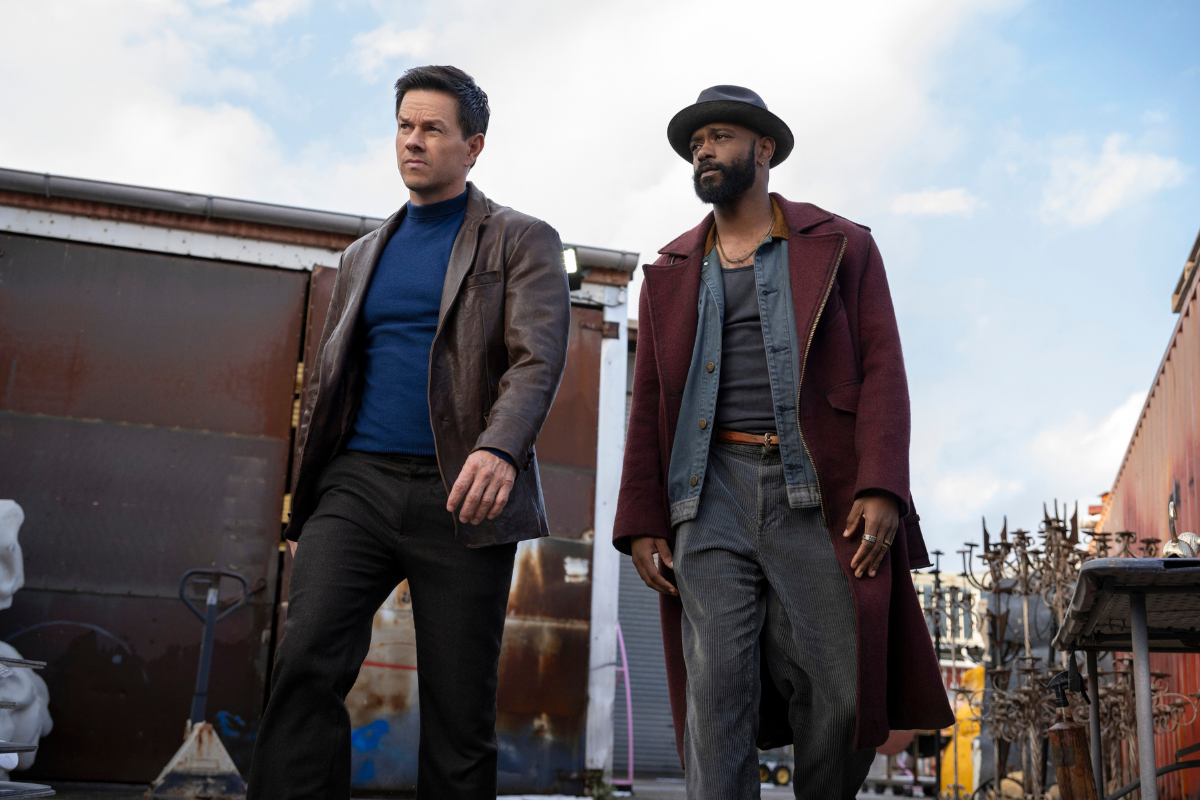Shh: Subtext – The Powerful Sound of Show Not Tell
Want to get your writing noticed? Aiming to create compelling characters? Looking to engage your reader and move an audience? Barri Evins reveals the secrets of subtext so you can turn up the volume on your screenwriting and become a writer the industry is eager to know.
When industry professionals read your work, we can quickly determine the level of your writing on the range from a beginner who has a grasp of the fundamentals of craft, to a potential professional with an emerging voice. How do you make the cut?
My job as a story consultant, working with clients from aspiring writers to paid professionals, is to make sure that my writers turn out work that makes the cut. That convinces readers they are reading professional writing. That gets them an open door to reading more. That makes them a writer to know. Once a writer has mastered the fundamentals of craft, my focus is on screenwriting elevated.
What elevates screenwriting?
I’ve identified seven qualities that will make your writing stand out as exceptional. These are the writing skills that don’t get as much attention in the arenas where screenwriting is taught, as it often concentrates on the fundamentals. But this is the kind of deep work that gets me excited. In fact, it has inspired me to dip a toe into the world of online learning and start a monthly Screenwriting Elevated series. I love teaching face-to-face, whether at a studio or conference in a packed auditorium, or in a cozy setting with ten people gathered in a circle. But I’m excited about teaching what I love and creating an intimate online setting for a small group of writers.
As I work on Screenwriting Elevated, I’ll be sharing and exploring some of the topics in this column to give you some insights into elevating your own writing.
This month’s topic may seem small on the page – it is often only a few added words – but it’s actually vast and incredibly powerful. It turns up the volume on your writing and taking it from a whisper to a roar.
It’s subtext.
SHH – WHAT IS SUBTEXT?
Subtext is externalizing the internal. Lean, evocative words that convey what we see reveal characters’ inner feelings, thoughts and conflicts. When it comes to cinematic writing that is not merely important, it is everything.
Subtext is the language of emotion. Text can be powerful – I‘ve written before about "Mastering the Art of Description" – but subtext takes your writing to the next level. It is the most powerful way to communicate and connect with your reader.
SHH – WHY SUBTEXT WORKS
Along with my love of storytelling, I bring a bit of a geeky, neuroscience perspective. To put it simply, our brains actually crave story. To the brain, story is a survival mechanism. The brain is wired for survival. Stores are the most powerful way for the brain to learn. So it eats them up hungrily in case there might be something useful to learn, filing them away for the unknown future. From our ancestors who first developed speech and told stories about avoiding poisonous berries, dangerous animals, and rival tribes, our brains take information and make meaning out of it, in case our future survival might depend on it.
The stories that stick with us are, therefore, the visceral ones. Rich in emotion. These stories literally light up our brains. I’ve written before about the visceral experience our brains crave. How it makes us hungry for story, eager to experience a film on the big screen, stay up all night streaming, or unable to put down a good book.
Our brains can be activated by your words. A special MRI machine showing brain activity proves that the same area of the brain that the hero uses lights up in the brain of the reader or viewer. If your hero runs for her life, the part of the brain that we use to make our legs move lights up as if we were running – while we are sitting perfectly still.
When the hero is in jeopardy, we are flooded with adrenaline, ready for “fight or flight” although we are experiencing it on a 2D screen.
When we are emotionally connected with the character, we are the hero. We are in their shoes. We are in the moment. You bet your reader is engaged.
What makes writing visceral? Words that make us feel as if we are experiencing the emotions. Here’s quick test:
“He is stunned”
versus
“The air rushes out of his lungs.”
“She feels anxious.”
versus
“Her fingers clench, nails digging into her palms.”
“She is afraid.”
versus
“She struggles to control her breath, forcing in short puffs of air in and out.”
I’m confident that each time, the second version created a response in you because they triggered your own emotions. Visceral writing activates our brain that understands those feelings on a fundamental level.
Your task as a screenwriter is to create a blueprint on paper for a story told in the cinematic medium that feeds our brain’s desire for story that is visceral.
Subtext is the key to engaging your reader and impacting the audience by evoking their own emotions.
SHH – SUBTEXT IS NOT DOING THE ACTOR’S JOB
Just as subtext is essential to creating characters that will engage readers, subtext is key to creating complex, dimensional characters that will draw great actors to the role.
I hear you say, “But we can’t tell the actor what to do! Isn’t that their job?”
Yes, but your job is to get the emotion onto the page. If you get the underlying emotion on the page, there will still be plenty of room for interpretation, but this ensures that the director and actor will start from the point of understanding your underlying intention.
Put the emotional content on the page and the actors will be able to play the subtext more potently than any writer can put into words. Give us just enough words to ensure that what you envision comes through.
And subtext brings depth and dimension to your characters, creating roles actors will be eager to play. Subtext makes characters engaging. Tapping into universal human emotions, makes us want to follow them on their journey, eager to know what happens next.
SHH – SUBTEXT IN ACTION
“Actions speak louder than words,” is one of those wonderful adages that will always be relevant. It means that what you do has a stronger impact on others than what you say.
People often say one thing and do another. Actions speak louder than words means that people are more likely to believe what you do rather than what you say. A person can say anything, even lie easily with their words, but taking action underscores what you truly want and what you believe. Actions often speak more truthfully than words.
As with your characters. We learn the most about your characters not from what you tell us about them – the not the small, specific details of dress or appearance – but from what your characters show us.
Translating that to subtext brings us to an important element: what your characters convey without words.
Here are ways for your characters to speak to us:
Expression: Working with a consulting client recently, the protagonist reacted the same way again and again with “a force smile.” It felt vague and became repetitive. It’s challenging for a reader to interpret that. Or for an actor to play it successfully.
I tell my writers to think about Action/Reaction. If your character is not reacting during a scene, it’s as if they aren’t really there. I’ve just read a dynamic and pivotal scene with a vivid and richly detailed explosion, but without the hero grabbing the love interest, knocking them to the ground and throwing their body over them to protect them, it felt flat. The incredible realism of the writing did not make the moment come to life. Without the character’s reaction, the reader will not feel the emotional impact or fully grasp the significance of the moment.
Gesture: Is simple yet powerful. A matter of a few words – changes everything. It makes you feel the emotion.
You could write: “John wanted to comfort Jane.” Or: “John reaches out and gently places his hand on Jane’s.” That is a meaningful gesture we can interpret. And much more evocative than reading characters’ minds.
Body language: Our brains are adept at interoperating body language. In an argument, an angry character might turn away. Characters who are attracted to each other, lean toward one another, just as you can observe in real life.
Another consulting client wrote the hero’s reactions repeatedly as, “he looked,” here, there, up, down, aside … and that’s all.
How about: Not able to meet her eyes, he tore his gaze away.
Or: He stared down, eyes burning a hole in his shoes.
Behavior: How do your characters move through a room, react to other characters, interact with objects?
What is in the setting, how does the character engage with it that reveals their inner thoughts and feelings? Do they sit down or do they flop into a chair? Add “business” – the stage term for what actors do. Is your frustrated or upset hero banging cupboard doors or making the bed with vicious intensity or stock still, grasping their glass with white knuckles?
All these actions speak loudly. They give us the glimpse of who the character is on the inside, below the surface, and beneath the façade we all put on for the world.
SHH: SUBTEXT – MORE TO COME
When we jaded readers discover a script that is so rich in subtext that we are moved by words on a page, we know that we are in the presence of a skilled and confident writer who possesses one of the essential qualities we look for in identifying outstanding writing – what we refer to as “a writer with a voice.” Read more about developing a writer’s voice here.
That is why mastering subtext is so important.
Next month’s column turns to how to up the volume by opting for subtext over dialogue. Plus, when you can cheat on the rules of subtext.
Share one of your favorite no-dialogue movie scenes, where subtext speaks louder than words, in the comments below.
Contact me here if you’re interested in updates on the Big Ideas Screenwriting Elevated online series.
Barri Evins draws on decades of industry experience to give writers practical advice on elevating their craft and advancing their career. Her next SCREENWRITING ELEVATED online seminar with 7 monthly sessions plus mentorship will be announced in 2025. Breaking & Entering is peppered with real life anecdotes – good, bad, and hilarious – as stories are the greatest teacher. A working film producer and longtime industry executive, culminating in President of Production for Debra Hill, Barri developed, packaged, and sold projects to Warners, Universal, Disney, Nickelodeon, New Line, and HBO. Known for her keen eye for up and coming talent and spotting engaging ideas that became successful stories, Barri also worked extensively with A-List writers and directors. As a writer, she co-wrote a treatment sold in a preemptive six-figure deal to Warners, and a Fox Family project. As a teacher and consultant, Barri enables writers to achieve their vision for their stories and succeed in getting industry attention through innovative seminars, interactive consultations, and empowering mentorship. Follow her on Facebook or join her newsletter. Explore her Big Ideas website, to find out about consultations and seminars. And check out her blog, which includes the wit and wisdom of her pal, Dr. Paige Turner. See Barri in action on YouTube. Instagram: @bigbigideas X: @bigbigideas







